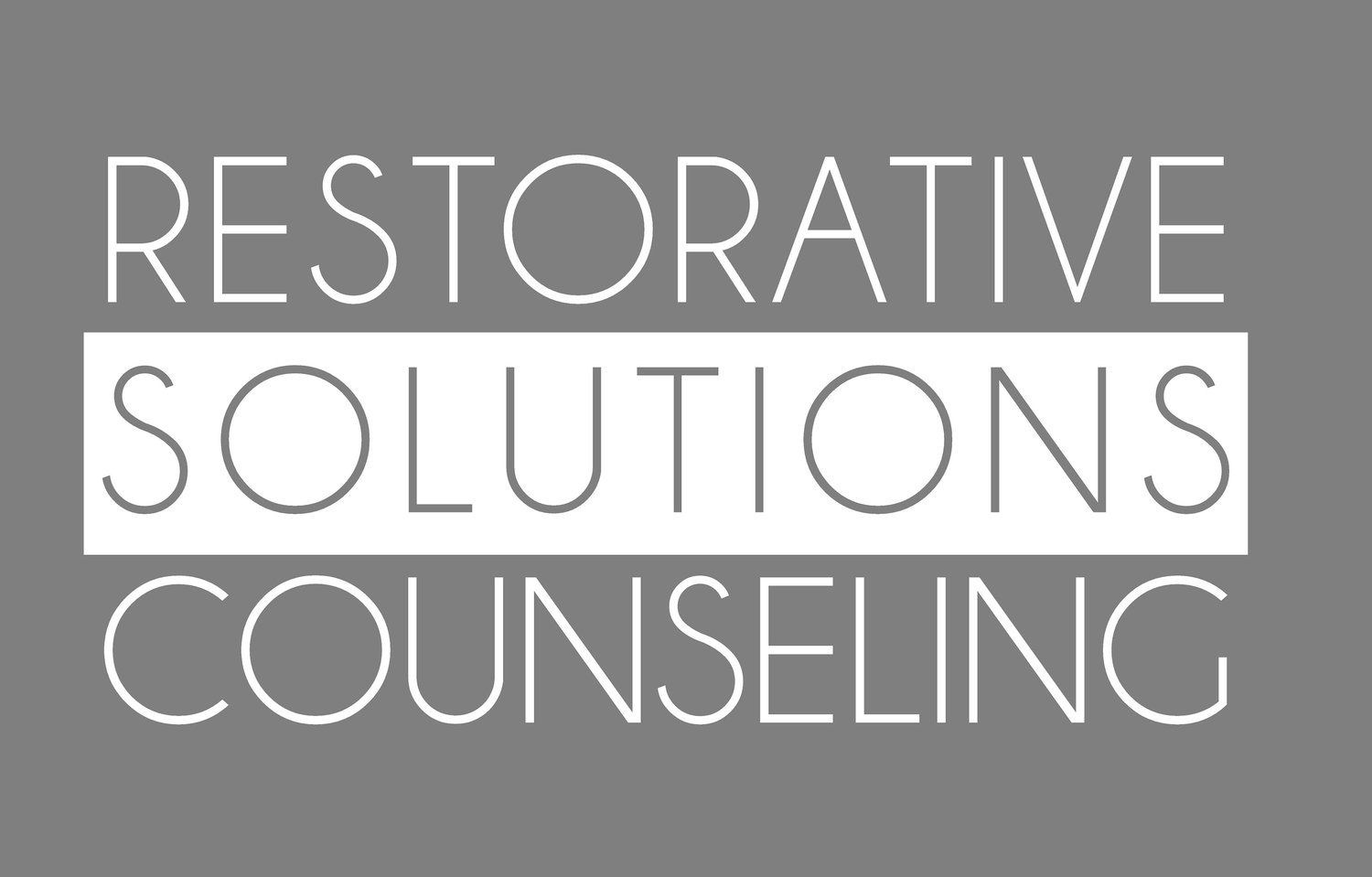I wanted to give a quick shoutout to Natasha for recommending this timely topic (partly in hopes that she and the other RSC clinicians feel encouraged to keep throwing fresh ideas my way). You can’t turn on the news or scroll through social media without seeing information about the economy, inflation, tariffs, or the price of gas and eggs. It is definitely scary. With so much back and forth information it is hard to have any idea about what is happening and what will happen in the future. If you’ve been feeling worried or fearful, let me just say that you’re completely justified in feeling this way. Things are scary, and there’s also plenty of clickbait out there reinforcing these fears. Today, let's work on settling some of these worries about money and finances.
Financial anxiety** is rooted in the fear of not having enough money to be able to afford the things that are needed for daily life and for the future. It leads to high levels of stress about all kinds of money decisions and fears about spending and debt. This anxiety isn’t necessarily linked to not having enough money to meet basic needs. It certainly can be, but it can also be related to the money coming in being roughly equal to the money going out. People can also be on stable financial footing and still have this persistent, nagging worry that they will fall into financial ruin. In other words, just making more money isn’t necessarily the solution, which is a good thing because like my folks used to tell me, money doesn’t grow on trees.
This anxiety comes* from a variety of sources:
A history of poverty–If you have a family member who lived through the Great Depression of the 1930s there’s a chance they were always extremely cautious with their money. Those who have lived through poverty, lack of food, or lack of housing have a desperation to never experience this again. These fears can also be passed down into the next generation.
Low or inconsistent income–Lower incomes increase stress because it can leave people unprepared for emergencies and problems. Not having a reliably consistent income can result in uncertainty about one’s ability to afford what they need from week to week.
Rising expenses–housing costs have far exceeded inflation for a long time now, but in general, there is a lot of recent concern about the increased costs of a variety of everyday items.
Debt–this is tricky because debt can continue to build even as it’s being paid off (especially with credit card debt), and it can feel grossly overwhelming when it reaches a certain amount.
Financial anxiety can affect** people in many different ways:
Difficulty sleeping
Physical health problems–stress and anxiety doesn’t just give us butterflies in the stomach. Major stress can cause serious health problems like high blood pressure, heart problems, and it can affect the functioning of our immune system.
Disruption in work-life balance–some end up working so much that they have no chance to enjoy the fruits of their labors.
Relationship strain–the stress can make it easier to have conflict with loved ones.
Spending problems–in response to anxiety some people overspend as an attempt at coping, while others may fear spending anything.
Avoidant behaviors–for some, the anxiety may manifest in avoiding looking at bank statements or paying bills as a way of putting off the worry for another day. This, obviously, creates other problems as well.
Impact on mental health–This can worsen or bring about mood disorders, anxiety disorders or decrease one’s ability to manage other mental health conditions. Some may turn to drugs or alcohol* in an attempt to self-medicate these anxieties away.
Other problems* like gambling or hoarding may start to seem like solutions that can help solve these worries, although they create problems of their own.
In looking for solutions, people who find that they are dealing with financial anxiety can start to find some relief** in the following ways:
First of all, learn to control the body’s reaction to anxiety by practicing deep breathing, progressive muscle relaxation techniques, or mindfulness practice. This is necessary for learning to ground oneself into the present, calm the body, and being able to actually think of solutions.
Write down your short term and long term financial goals in order to have specific targets to move toward.
Create a budget, considering first the non-negotiable expenses like mortgage/rent, insurance costs, and gas. Then prioritize the remaining bills. Weigh all of this against your income, and when possible, decide how much can go toward entertainment and how much can be put into savings.
Have regular banking check-ins–individually or as a couple it would be helpful to look at how successful you’ve been at both setting and sticking to a budget. Family financial meetings can be helpful to keep everyone on the same page about spending.
Seek out professional help–consider going to a financial advisor in order to figure out how to best manage, save, and invest your money. If the stress is overwhelming, consider speaking to a therapist to help manage the toll that this anxiety is taking out of your life.
Obviously, this topic is more complicated than I’ve presented here today. Each individual’s situation includes variables that others aren’t dealing with. I’ve found, though, that one of the more common methods of dealing with anxiety is attempting to avoid anxiety. It makes sense to try to avoid something scary; however, we can’t avoid feelings. They are a part of us. Even if it seems scary and overwhelming, these feelings must be dealt with before they worsen and create other problems. If your situation seems too big to handle on your own, there’s nothing wrong with seeking help from friends, loved ones, or professionals.
